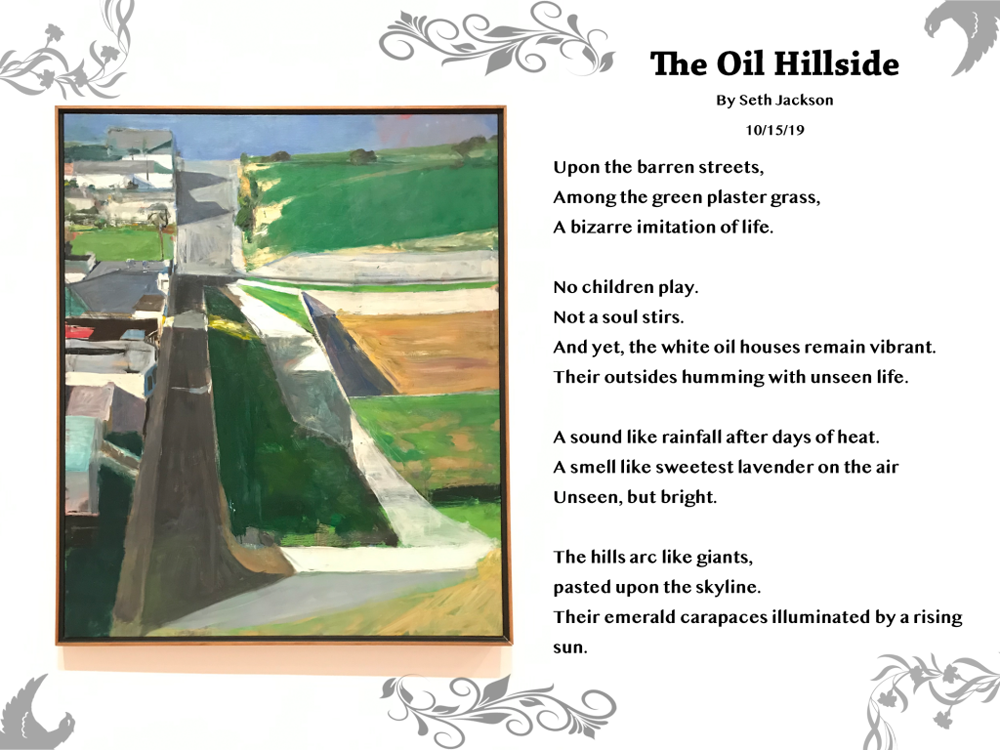Introduction
For our Conceptual Project, we developed our skills in abstract thinking and communication in order to answer the question, “How can I use unconventional forms to express myself?”
This project put emphasis on creative risk-taking through poetry, music, art, animations, experimental film and web production, and challenging ourselves to share our opinions through our own styles and aesthetic. We were also beginning to develop our technical communication skills by learning how to use a variety of modern professional equipment and applications such as DSLR cameras, Tascam Audio Recorders, Adobe Photoshop, Adobe Animate, Adobe Premier Pro, Adobe After Effects, Adobe Audition, Avid Pro Tools, WordPress, and Google Apps.
Poem
In the poem project, we wrote both an ekphrastic poem (poem based off of an art piece) and a free verse poem. We could choose to narrate and make an image for one or both of our poems. I chose to put time into only one of my poems, which was my ekphrastic. It is based off of a painting by Richard Diebenkorn.


Reflection
When I first started this project, I thought that it sounded very difficult. I have never really been a big writer of any kind, so I was worried that I would have a hard time making a good poem. But because of this project, I feel like I have learned a lot about what kinds of things work well in poetry, and improved my skills as a creative writer as well.
Photo Haiku
In this project, we were tasked with writing a haiku based off of an emotion being felt through a specific action and then taking an under the surface and relevant photo to place behind our writing. For my haiku, I explored the feeling of irritation through managing responsibilities.
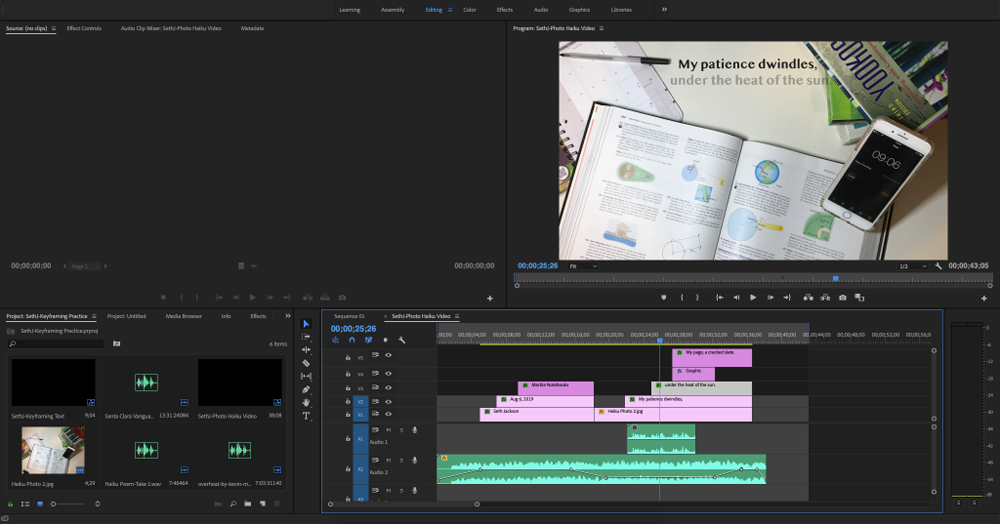
Reflection
Before starting this project, I had never written a haiku and felt very unprepared. I actually wrote around five different haikus, all of which were very poorly made. But after a while, I began to get a much better sense of what worked and what didn’t. By the end I felt much more confident in my ability to write haikus. In addition to this, I felt like I also expanded my skills in photography while trying to take my photo for my haiku, because it forced me to really think about what I was taking a photo of.
Elements & Principals of Art
In this project, we learned about the elements and principals of art and what they looked like in different forms of creative media.
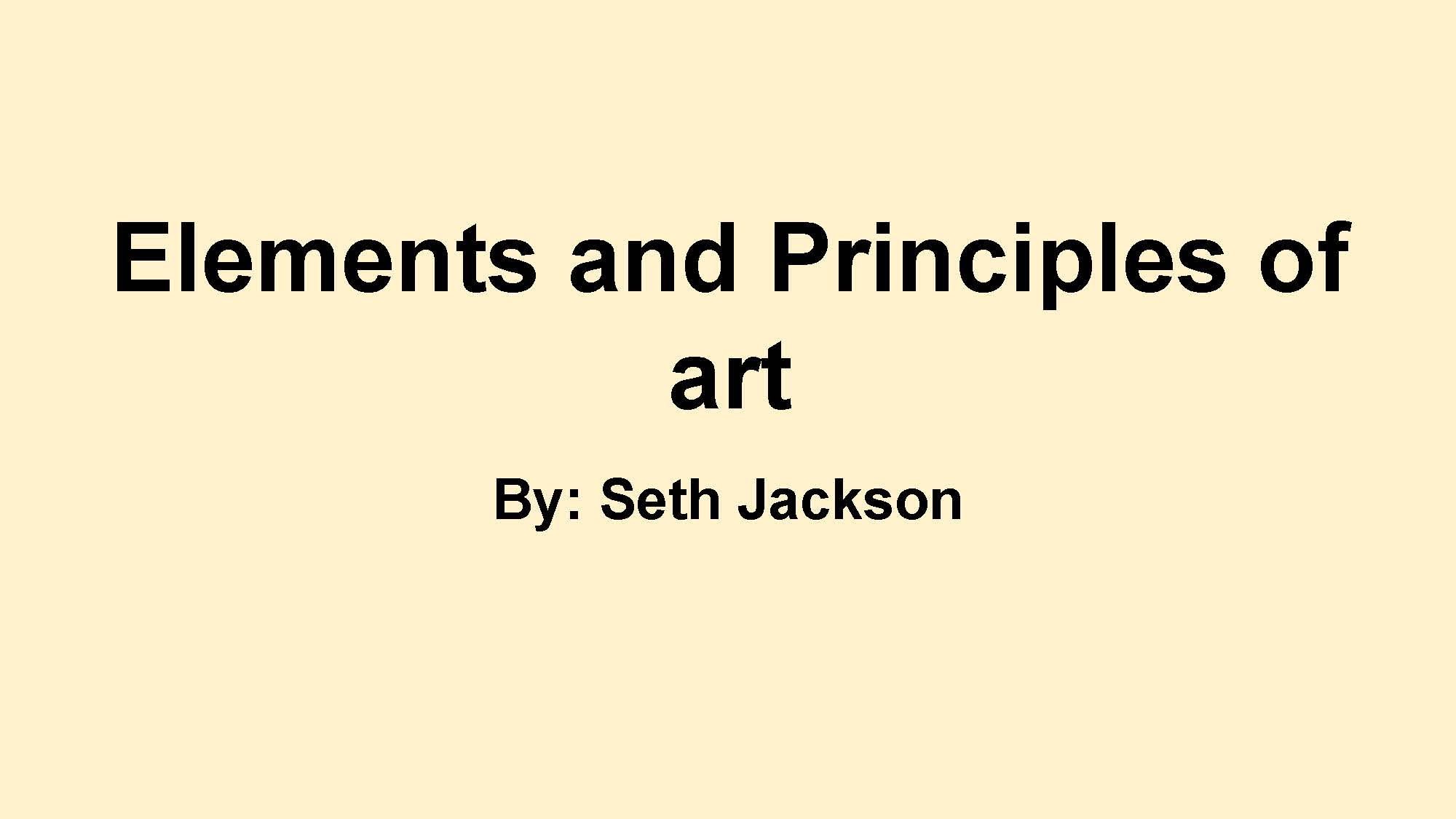
Animation
In this class, we made things like flip books, phenakistoscopes, and zoetropes, and learned how to use programs like Dragonframe in order to understand the basics of animation. We used Dragonframe to make several animated direct techniques out of paper cut outs, charcoal drawings, whiteboard markers, and more. We also incorporated the principals and elements of animation that we learned in our Digital Media class into all of our projects.
Phenakistoscope
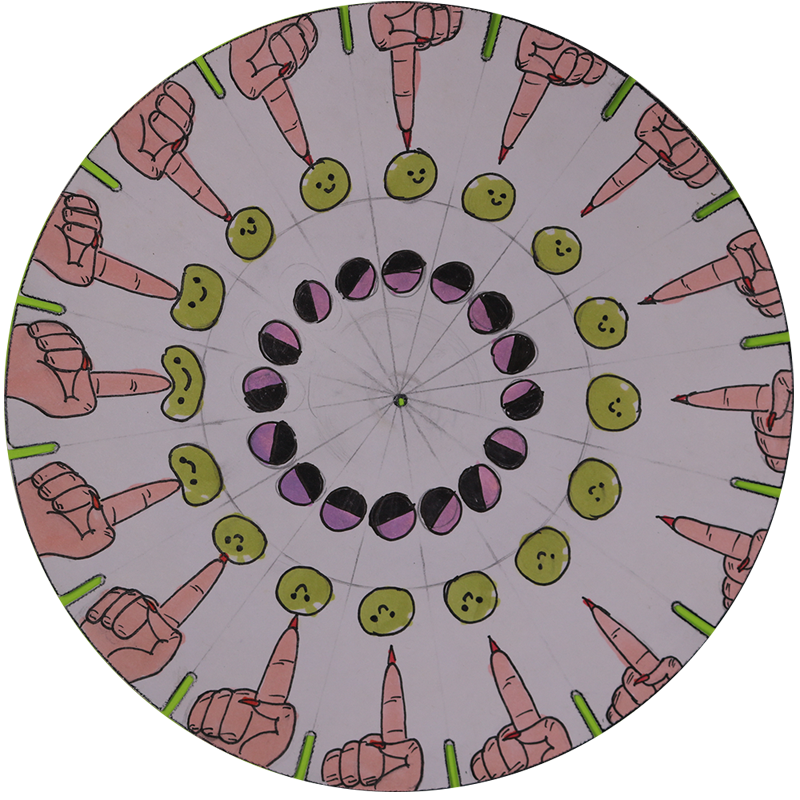
In this project, we made something that loosely resembles a pinwheel, but creates an animation when spun. We made a short 16 frame animation on a piece of circular card stock, and then stuck it onto a long stick with a thumbtack. The only way to properly see the animation is to stand in front of a mirror and look through the small slits in between each frame. This gives the eye the illusion of movement and creates and animation.
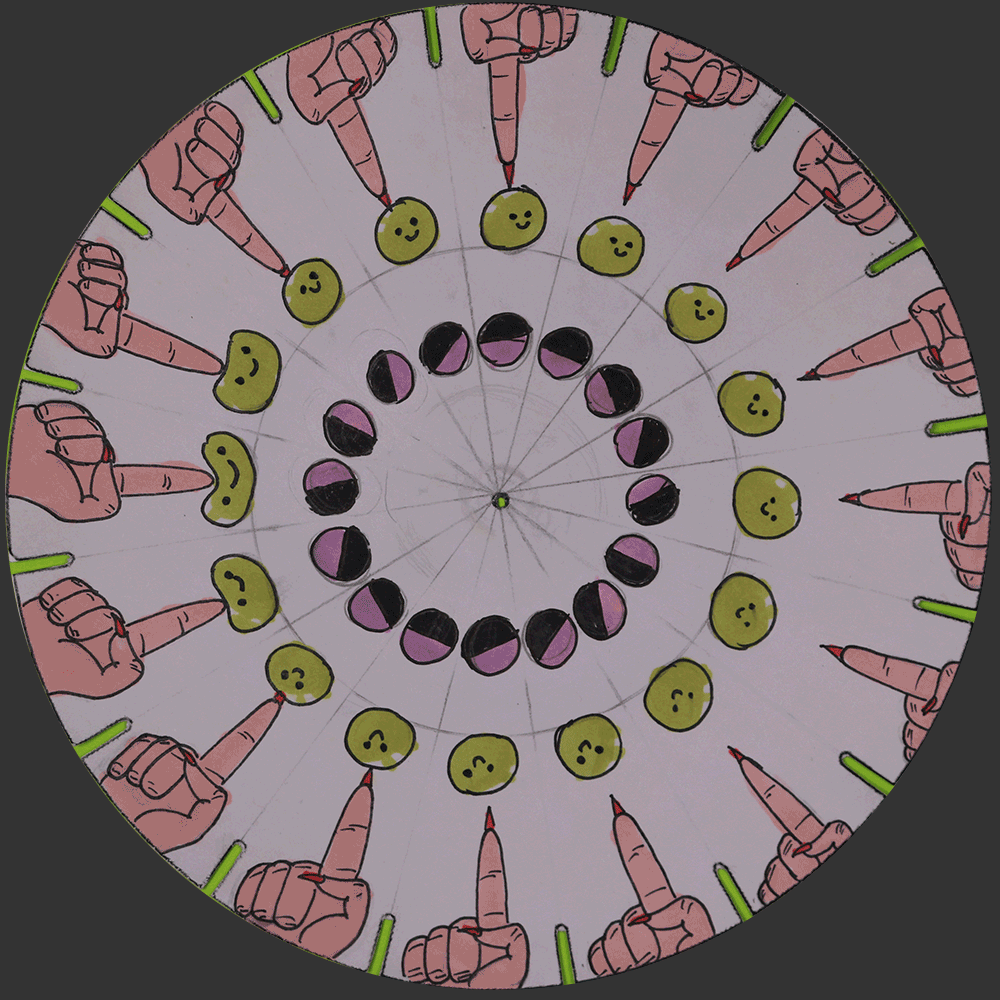
Zoetrope
This project was very similar to the phenakistoscope, in that we needed to hand draw around 12 frames in order to make an animation. However, instead of making a wheel like device, we simply strung a bunch of small paper cards together. In order to see the animation, we had to place our cards into a large cylindrical device with several slits in its sides, and then spin it and look through the slits. This, like the phenokistoscope, creates the illusion of movement and thus creates a fluid animation.
(a pancake being flipped)
Exquisite Corpse
In this project, we had to collaborate with one or two partners in order to make one fluid animation. Each person in both the AM and PM classes got around 40 frames to animate out of black ink. We had to communicate to the people before and after our section in order to make everything look smooth and fluid. This project also allowed people to see the many varying aesthetics and styles of all of the students in both of the Junior animation classes.
Direct Techniques
In this project, we learned about several Direct Techniques in animation. These included white board drawings, charcoal drawings, paper cutouts, sand animation, and paint on glass. The main challenge for this project was that once you moved on to a new frame, the previous frame was completely destroyed. This meant that there was a larger margin of error than there is for other animated media. For my two animations, I chose the mediums of whiteboard drawing and paper cutouts.
(a cat picking a flower)
(a cat that zooms in)
Flipbook
In this project, we made flipbooks that conveyed an emotion using only shapes. We had to move the shapes in a way was fluid, but still made the emotion clear. We later had to convert all of our flipbook frames into digital frames using a program called Dragonframe.
Behind the Scenes
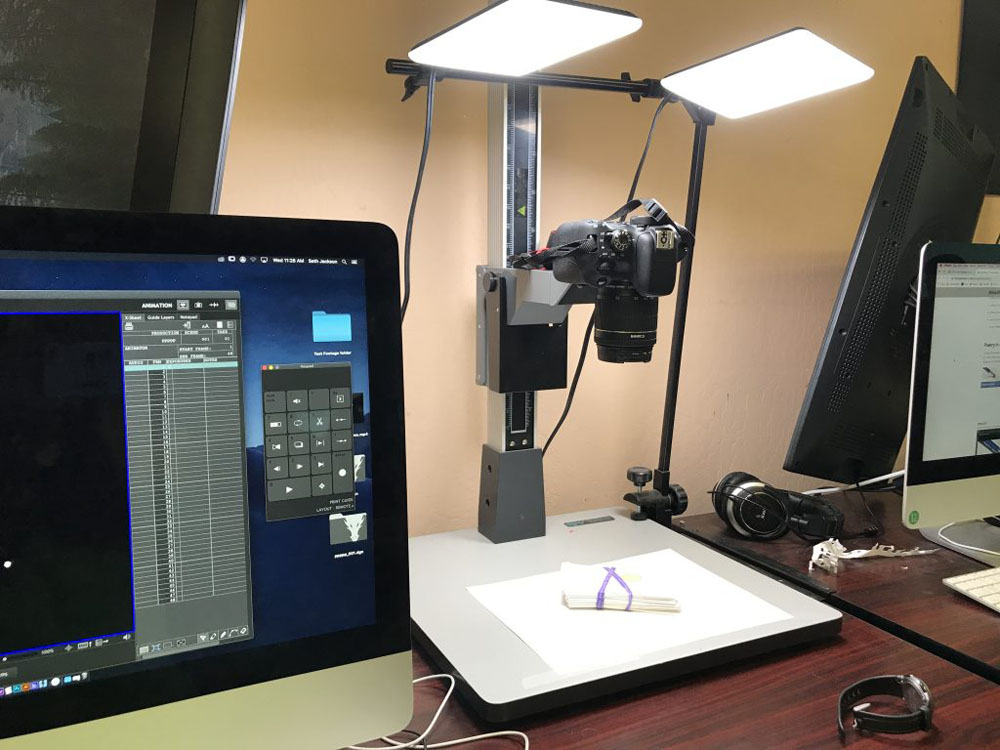
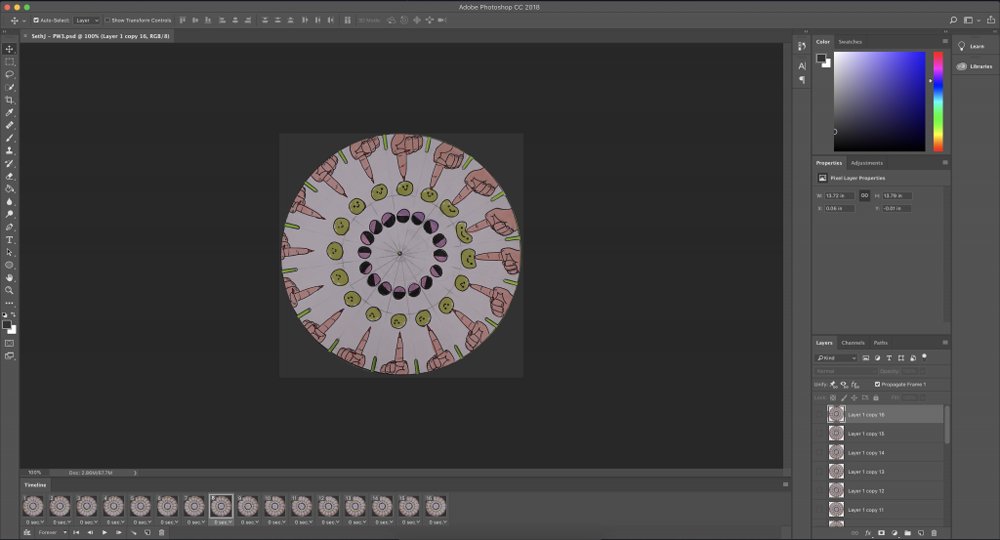

Reflection
So far, the animation class has been one of my favorite classes that I have ever taken. I feel like I am gaining lots of professional experience while doing something that I have always enjoyed. Each one of the projects opened my eyes to many different styles of animation from all throughout history. I feel like the class is going to be an essential step to reaching my goal of becoming a better artist and maybe , one day, a professional animator.
